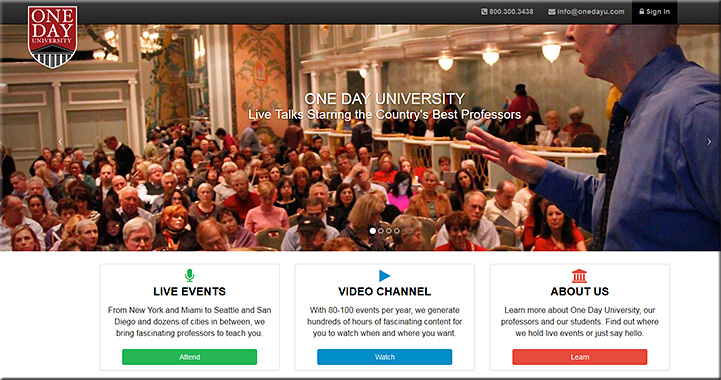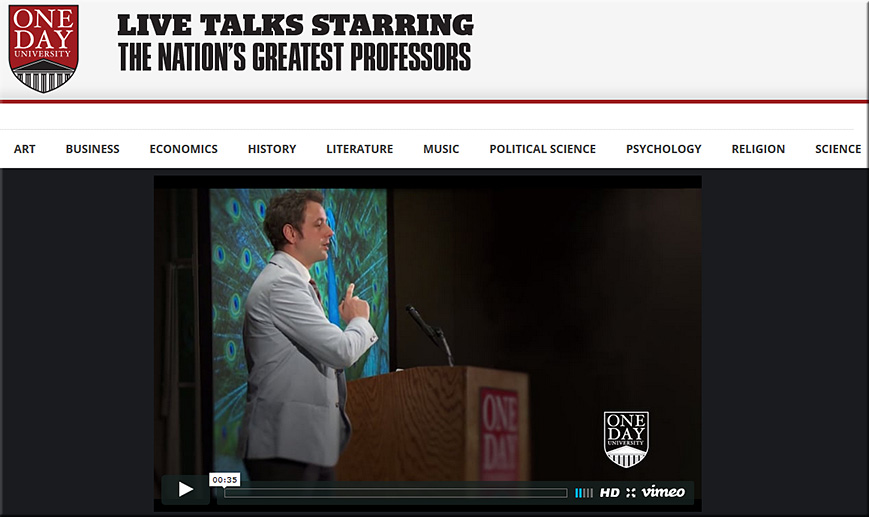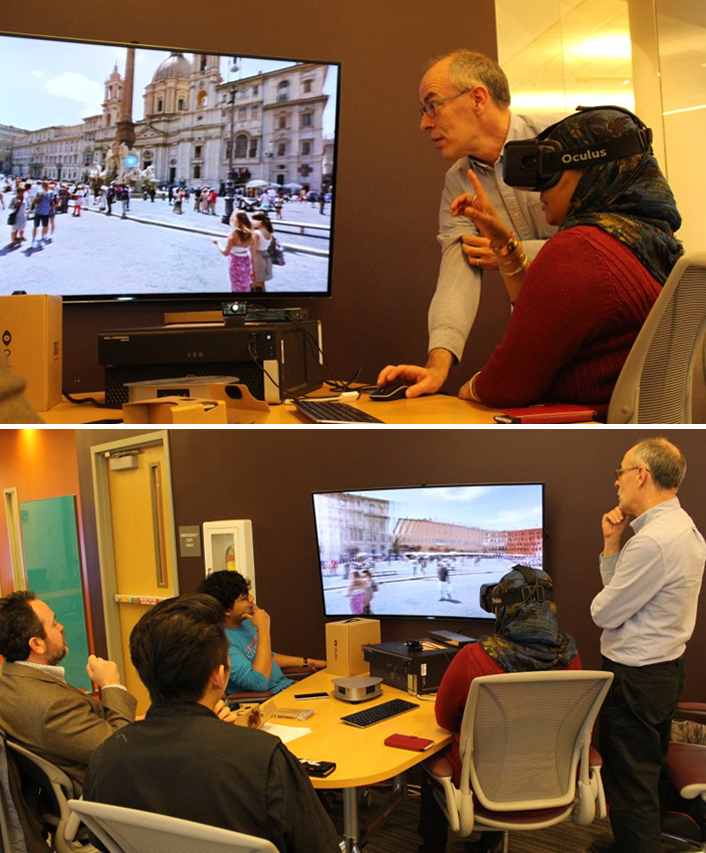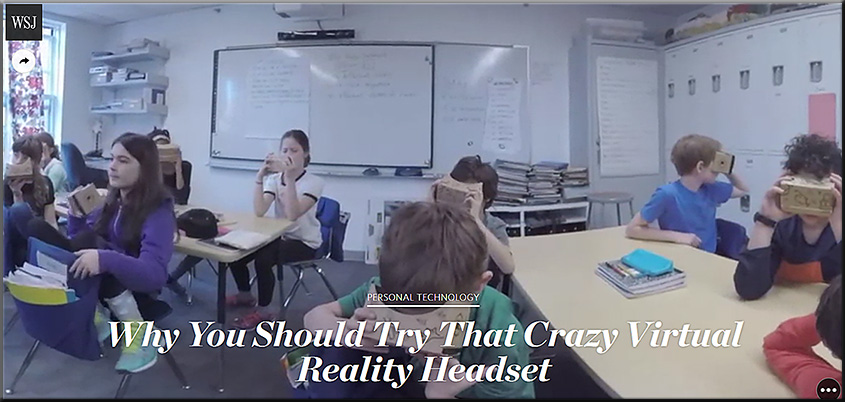From DSC:
(With thanks to Woontack Woo for his posting this via his paper.li entitled “#AR #CAMAR for Ubiquitous VR”)
Check this out!
On December 3rd, the Legend of Sword opera comes to Australia — but this is no ordinary opera! It is a “holographic sensational experience!” Set designers and those involved with drama will need to check this out. This could easily be the future of set design!
But not only that, let’s move this same concept over to the world of learning. What might augmented reality do for how our learning spaces look and act like in the future? What new affordances and experiences could they provide for us? This needs to be on our radars.
Some serious engagement might be heading our way!
Legend of Sword 1 is a holographic sensational experience that has finished its 2nd tour in China. A Chinese legend of the ages to amaze and ignite your imagination. First time ever such a visual spectacular stage in Australia on Sat 3rd Dec only. Performed in Chinese with English subtitles.
Legend of Sword and Fairy 1 is based on a hit video game in China. Through the hardworking of the renowned production team, the performance illustrates the beautiful fantasy of game on stage, and allow the audience feel like placing themselves in the eastern fairy world. With the special effects with the olfactory experience, and that actors performing and interact with audience at close distance, the eastern fairy world is realised on stage. It is not only a play with beautiful scenes, but also full of elements from oriental style adventure. The theatre experience will offer much more than a show, but the excitement of love and adventure.
Legend of Sword and Fairy 1 was premiered in April 2015 at Shanghai Cultural Plaza, which set off a frenzy of magic in Shanghai, relying on the perfect visual and 5D all-round sensual experience. Because of the fantasy theme that matches with top visual presentation, Legend of Sword and Fairy 1 became the hot topic in Shanghai immediately. With only just 10 performances at the time, its Weibo topic hits have already exceeded 100 million mark halfway.
So far, Legend of Sword and Fairy 1 has finished its second tour in a number of cities in China, including Beijing, Chongqing, Chengdu, Nanjing, Xiamen, Qingdao, Shenyang, Dalian, Wuxi, Ningbo, Wenzhou, Xi’an, Shenzhen, Dongguan, Huizhou, Zhengzhou, Lishui, Ma’anshan, Kunshan, Changzhou etc.











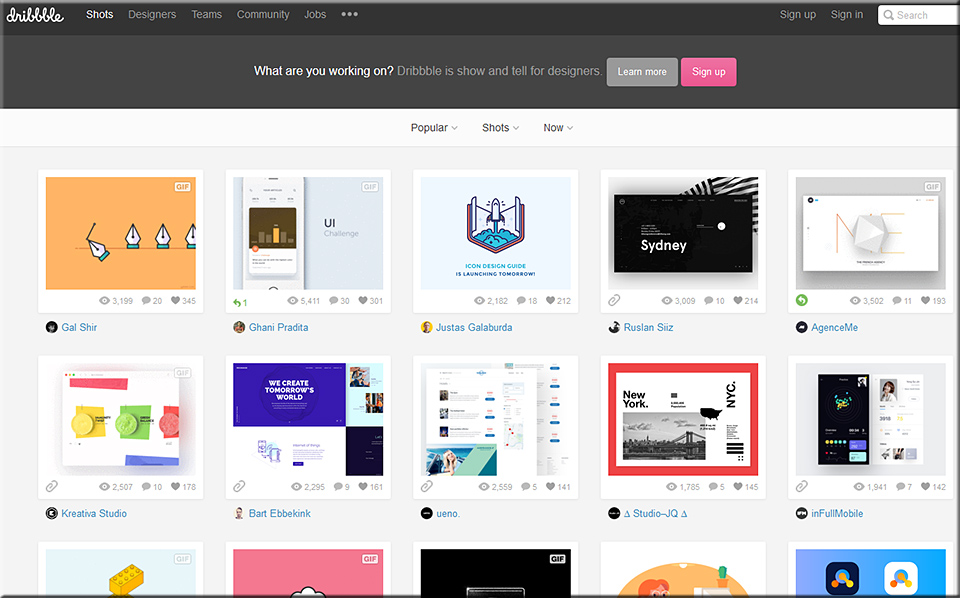




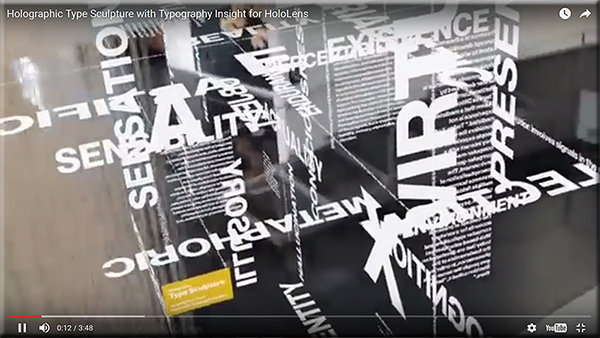
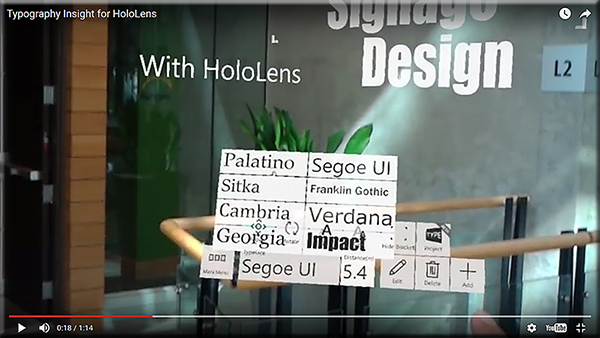

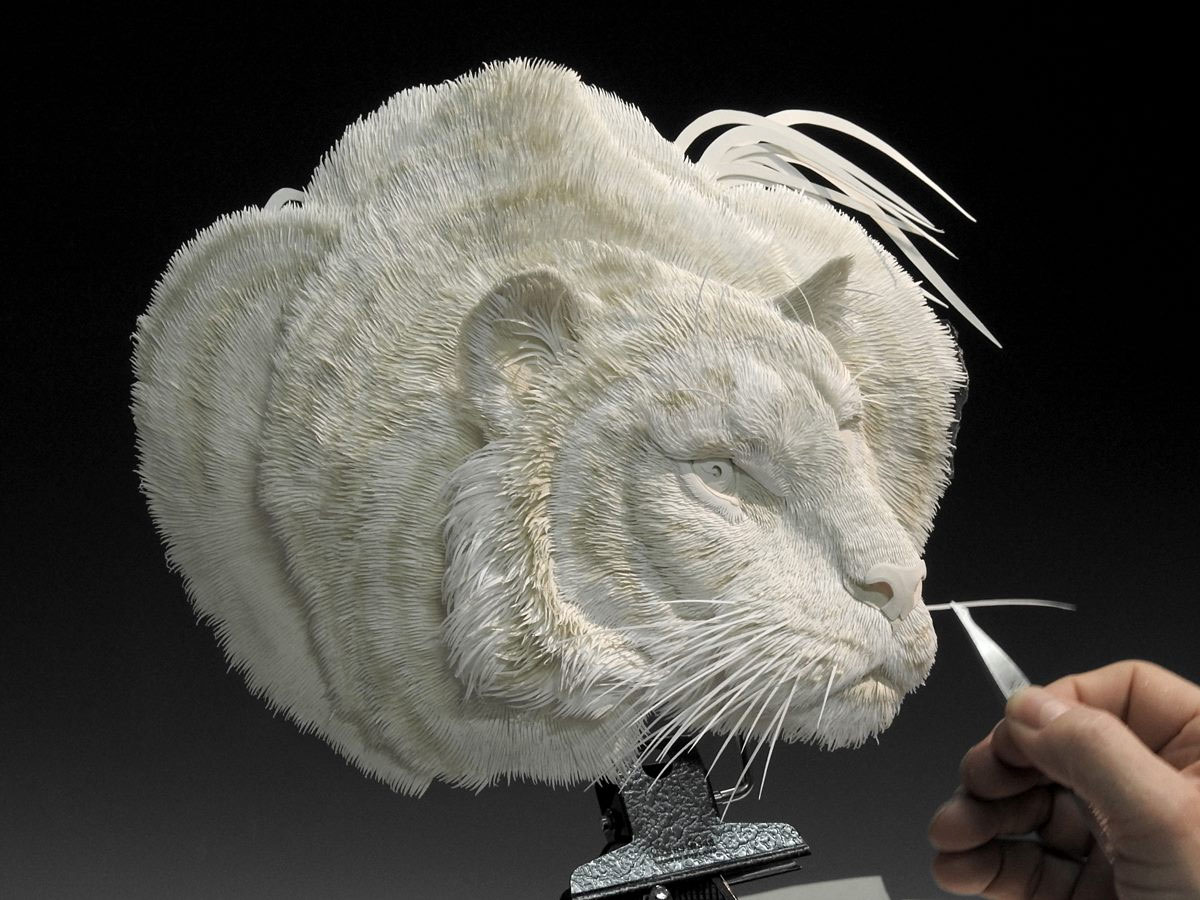




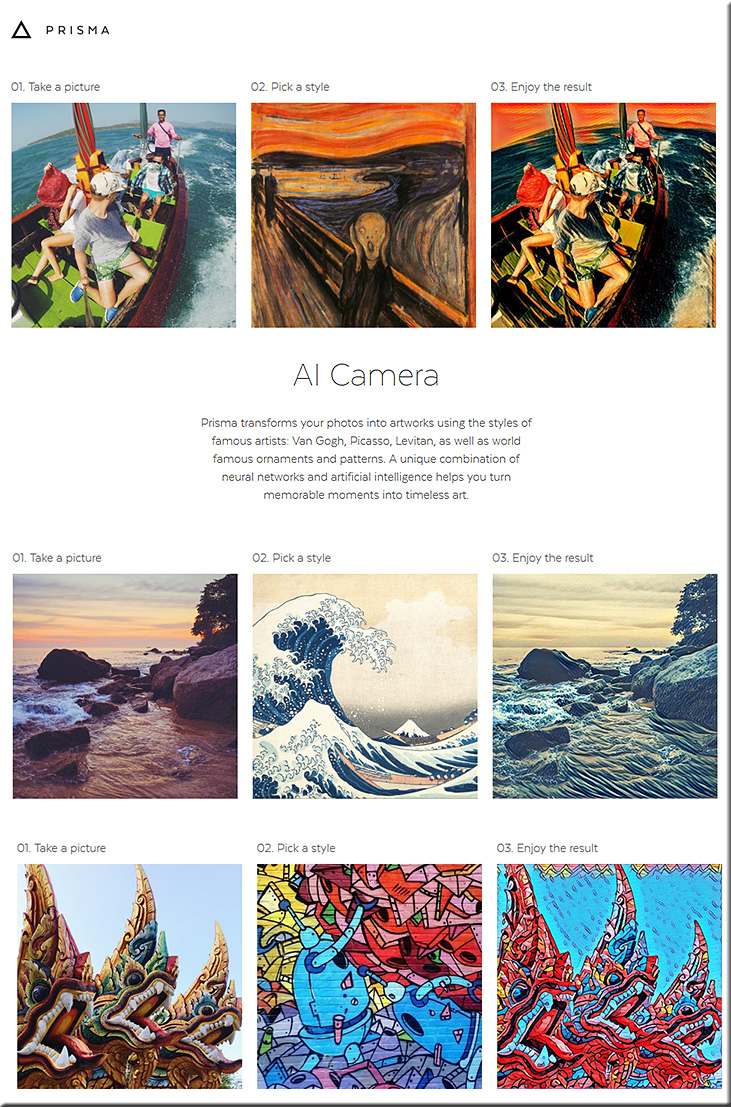
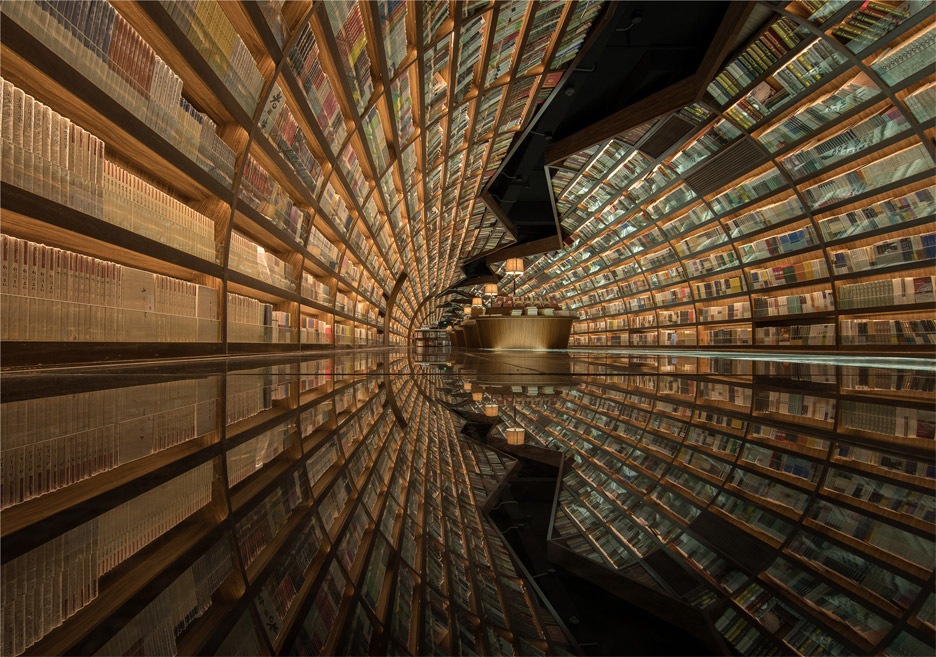








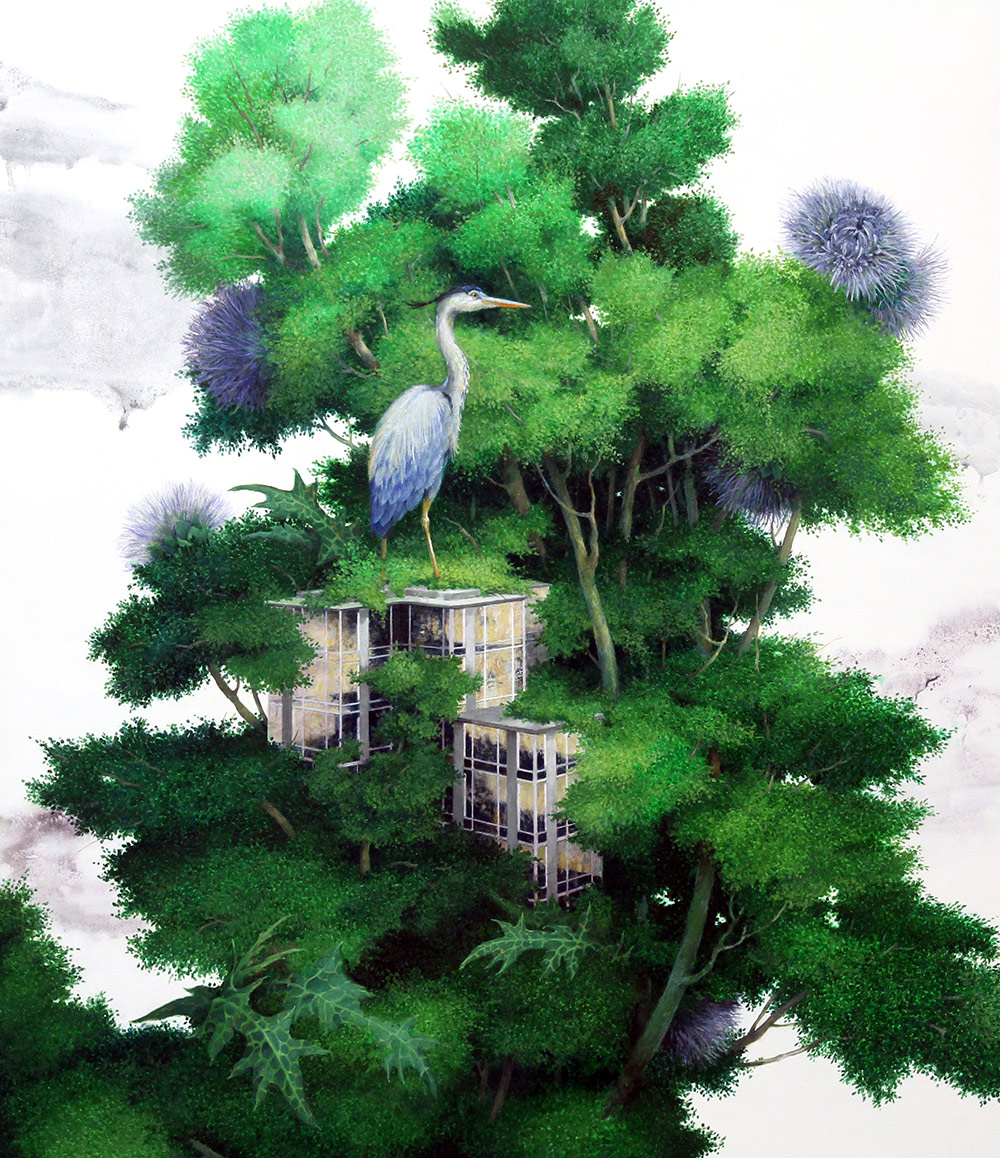






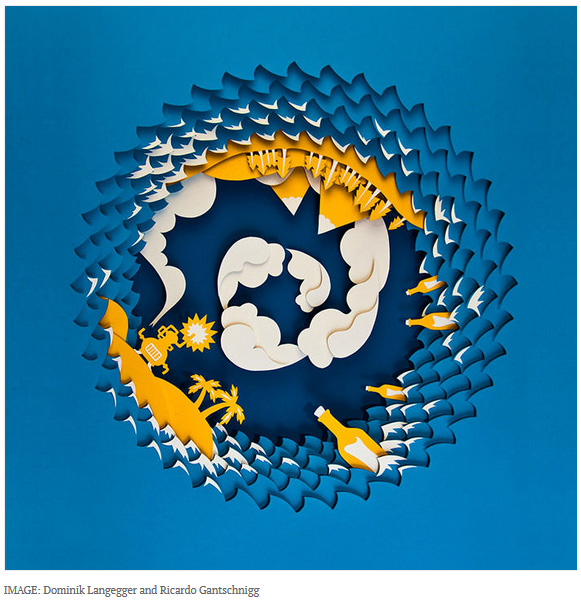








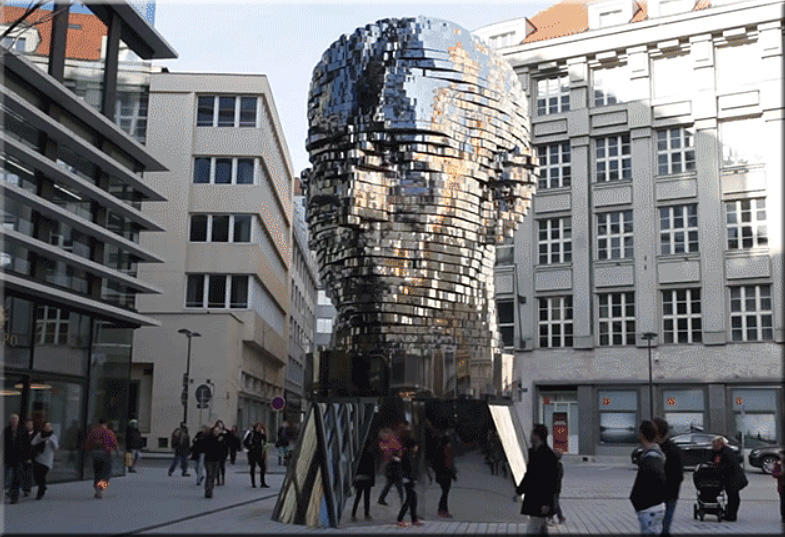


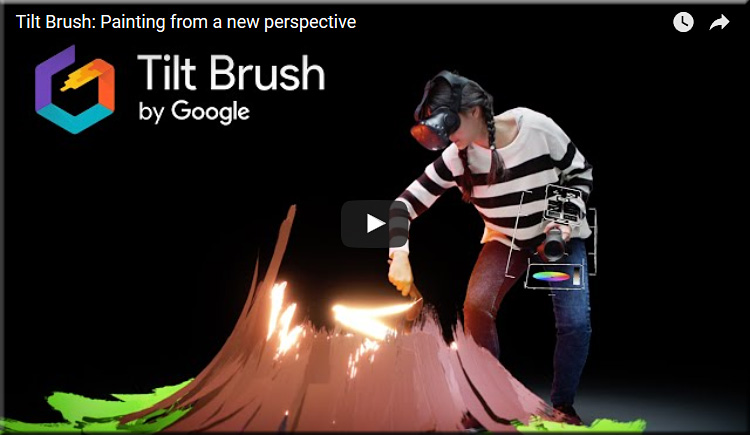
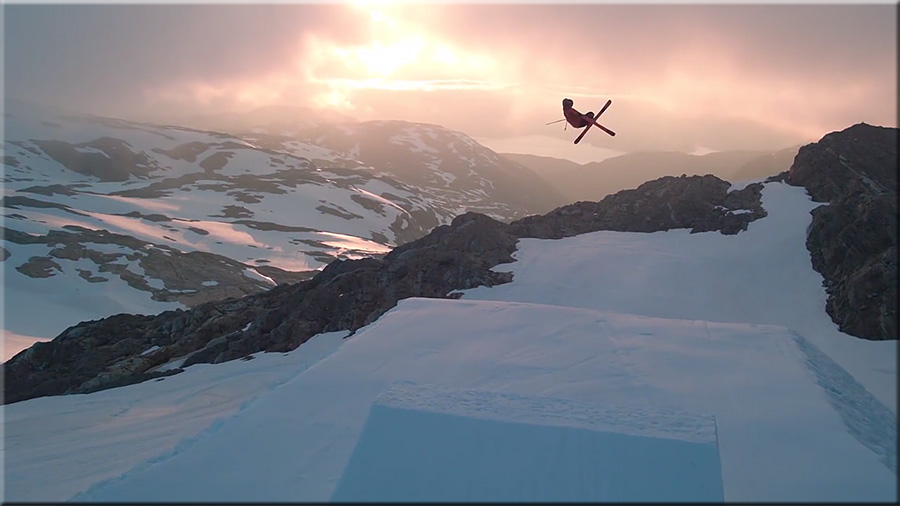

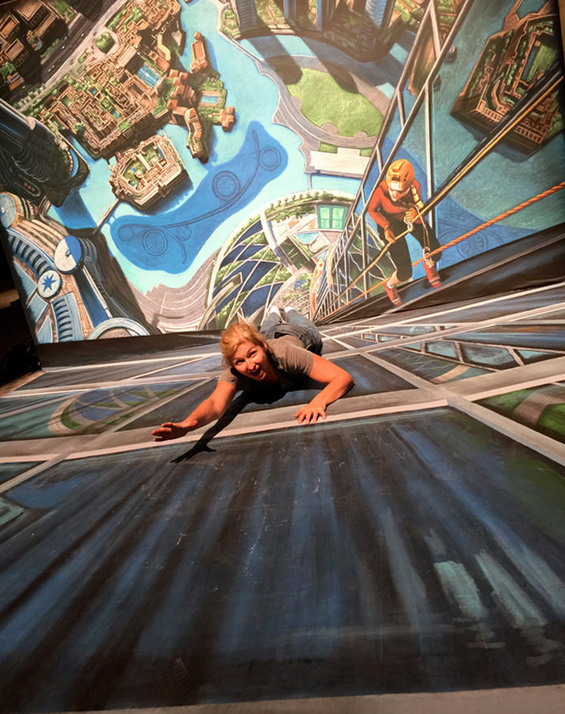
![The Living [Class] Room -- by Daniel Christian -- July 2012 -- a second device used in conjunction with a Smart/Connected TV](http://danielschristian.com/learning-ecosystems/wp-content/uploads/2012/07/The-Living-Class-Room-Daniel-S-Christian-July-2012.jpg)

